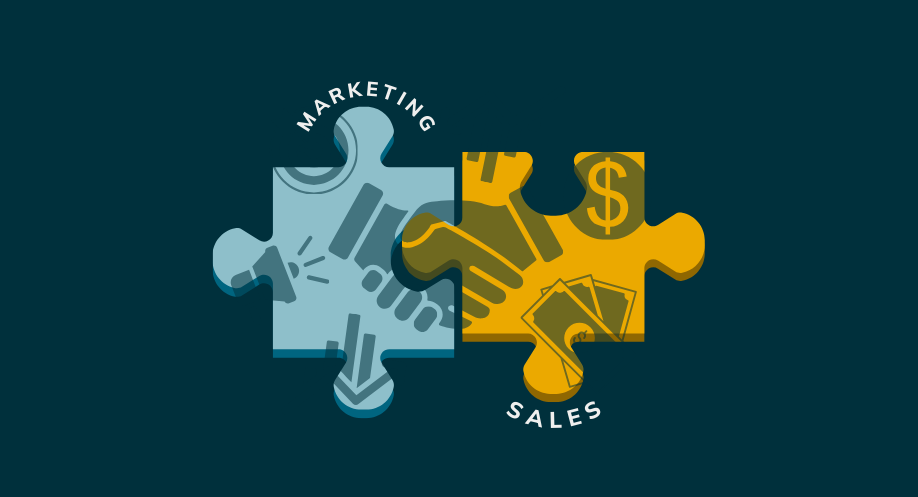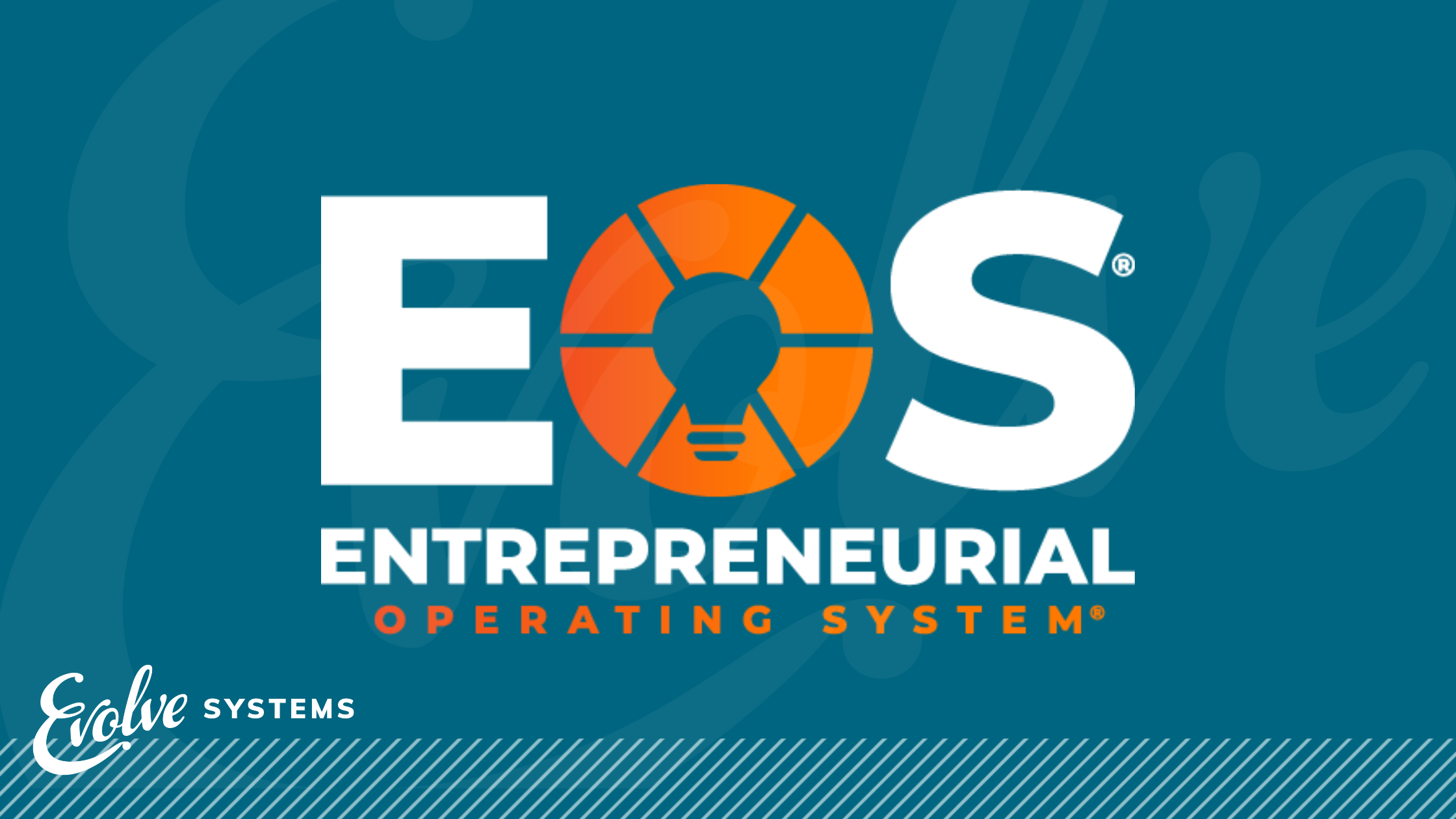Success requires planning. Improperly planned projects and financial tactics are bound for failure. Successful manufacturing companies reach, and ultimately stay at the top of their market, for many reasons. One of the main factors is a well-developed and carried out marketing plan that touches on all aspects of their manufacturing-specific sales pipeline.
Consistent marketing objectives are not achieved overnight. It takes a team of knowledgeable marketing professionals to implement a plan that thrives and prospers in all types of economic climates. When the marketing and sales departments are directly in sync, positive organizational communication follows. This type of cross-departmental collaboration allows information and ideas to flow freely, providing access to potentially new sales opportunities and customer acquisitions.
Effectively Aligning Sales and Marketing Goals
Sales and marketing alignment is one the largest opportunities for improving manufacturing performance. When marketing and sales teams unite around a single revenue cycle, they dramatically improve marketing return on investment (ROI), sales productivity, and growth.
Since modern buying behaviors are often dictated by a variety of aspects, marketing must assist sales throughout each stage of the sales funnel. Sales teams rely on high-quality, marketing-produced content to deliver a story that resonates and closes deals. Your sales team needs your marketing team, just as your marketing team relies on your sales team.
How Do the Sales and Marketing Departments Assist Each Other?
Marketing supports sales by ensuring that buyers are educated, interested, and engaged. This allows the sales department to prospect manufacturing leads that are more likely to transition into potential customers. It is a marketer’s job to guide potential customers through the buyer’s journey, providing direct assistance and helping them understand their needs.
The sales department offers a wealth of knowledge on buyer tendencies, product capabilities, and market dynamics. The sales department can provide advice on customer needs and pain points related to real-world solutions to various manufacturing applications.
Signs of Successful Sales and Marketing Alignment
Sales and marketing departments should collaborate to find the most effective ways to turn prospective customers into repeat customers. The shared goal of building, establishing, and nurturing customer relations is why marketing and sales departments should always be in proximity, not only physically but also philosophically.
The following examples are a few effective ways to enhance sales and marketing collaboration:
- Goal sharing
- Shared processes
- Co-strategizing
- Conversate
- Embrace sales enablement
- Use centralized communications
- Involved leadership
The Manufacturing Sales Funnel
It is difficult for a successful marketing strategy to work without first exploring the sales funnel. The sales funnel assists both marketing and sales departments in determining where a potential customer is within their buying journey. The sales funnel for manufacturers is broken down into four main stages, with several overlapping sub-stages.
Initial Stage: Awareness and Information Gathering
The top of the sales funnel is one of the most crucial stages of the sales funnel. At this stage, it is very easy to lose a potential customer if they become disinterested in what is presented to them. The goal of the initial stage, or top of the funnel, is to encourage potential customers to move further down the funnel.
At the top of the funnel, it is important to cast a wide net and gain as many contacts as possible. The top portion of the sales funnel is not about selling but baiting people’s interests.
Garnering a potential customer’s interests can be accomplished by providing high-quality information through various means, such as:
- Infographics
- Blog posts
- Social media posts
- Pay-per-click (PPC) campaigns
Moving Prospects Down the Funnel
Once a good number of potential customers have entered the top of the sales funnel, it is vitally important to keep them moving towards the middle of the funnel. To make the best use of the sales funnel, it is important that the prospects that have entered the top of the funnel are quality leads. This is achieved by providing content that is hyper-focused on your ideal audience.
Once the leads have been established, user experience (UX) catered to the needs of your customer base should drive them further down the funnel. The best UX includes content that provides the following:
- Value specific to the experiences of your ideal audience
- Education on relevant topics or common questions
- Simplification that does not overwhelm the visitor
- Visual aids (videos, infographics, etc.)
- Industry leadership to establish trust
- Solutions to their unique problems
Second Stage: Interest and Evaluation
Prospective customers entering the second stage of the sales funnel have a strong curiosity about the manufacturer’s products or services. The interest stage is not a clear acknowledgment that a prospect will purchase; it is simply an indication that they are considering a certain business for a product or service.
At this stage in the funnel, relationship building is the name of the game. The prospect will be weighing the products and services of multiple manufacturers, looking for a clear-cut winner.
It is extremely important to build your brand and your business’s value around customer needs within the interest and evaluation phase. Don’t let the prospect get away without a fight!
Content types that speak to the needs of the customer in this stage of the funnel include:
- Email campaigns
- Social media accounts
- Free trials
- Blog posts
- Retargeting campaigns
- Chatbots
- Lead magnets
Third Stage: Decision
Prospective customers that reach this point in the sales funnel are looking to buy. They have done their research and weighed all their manufacturing options.
This stage of the funnel is when a manufacturing company should wow the prospective customer and separate itself from the competition. Content in this stage of the funnel should make it nearly impossible for a potential customer to resist the product or service that you’re offering.
The best types of content to offer in the decision-making stage include:
- Case studies
- Testimonials
- Live demos
- Promo codes
- Product comparisons
- Customer reviews
- Consultations
Final Stage: Action
The last stage of the sales funnel is where prospective customers turn into actual customers. The bottom of the sales funnel represents actual purchases of your manufacturing products or services.
If a prospect reaches this stage, they have completed their research and are ready to buy, all they require is a little nudge. It is the duty of the marketing content and website at this stage of the funnel to incentivize, reassuring the prospect that they are making the correct decision.
Some of the most effective and actionable tactics include:
- Special offers
- Bundled packages
- Follow-up email campaigns
- Success tips
- Product training webinars
Customer Retention and Reengagement
After the sale has been made, the battle has just begun. One sale is nice but repeat business and customer referrals are where the bread is buttered, especially within industrial manufacturing.
It’s no secret that humans like to speak and be heard. This is especially true when it comes to products and services. If a group of people need to make small talk, it is either about the weather or a product or service they really liked, or absolutely loathed.
Ideas to transform a customer into a repeat customer include:
- Upsell programs
- Referral offers
- Reengagement email campaigns
- Webinars
- Live demonstrations
Sales and Marketing Alignment: A Path to an Increased Customer Pipeline
Building successful customer relationships is no easy task. In most cases, it takes years of sweat and perseverance to establish a dependable customer base. But not all hard work requires years of toil and sleepless nights.
When a manufacturing company aligns its sales and marketing departments, it sets itself up for immediate success. Mutual collaboration between departments can eliminate guesswork and create a clear pathway to success.
The Ultimate Guide to Digital Marketing for Manufacturers
Wondering how to create a marketing plan that aligns your sales and marketing team? Or how to create content for each stage of your sales pipeline?
We created a comprehensive guide with recommendations on marketing tactics specific to the manufacturing industry. Learn what opportunities your business could achieve by downloading our free guide.







